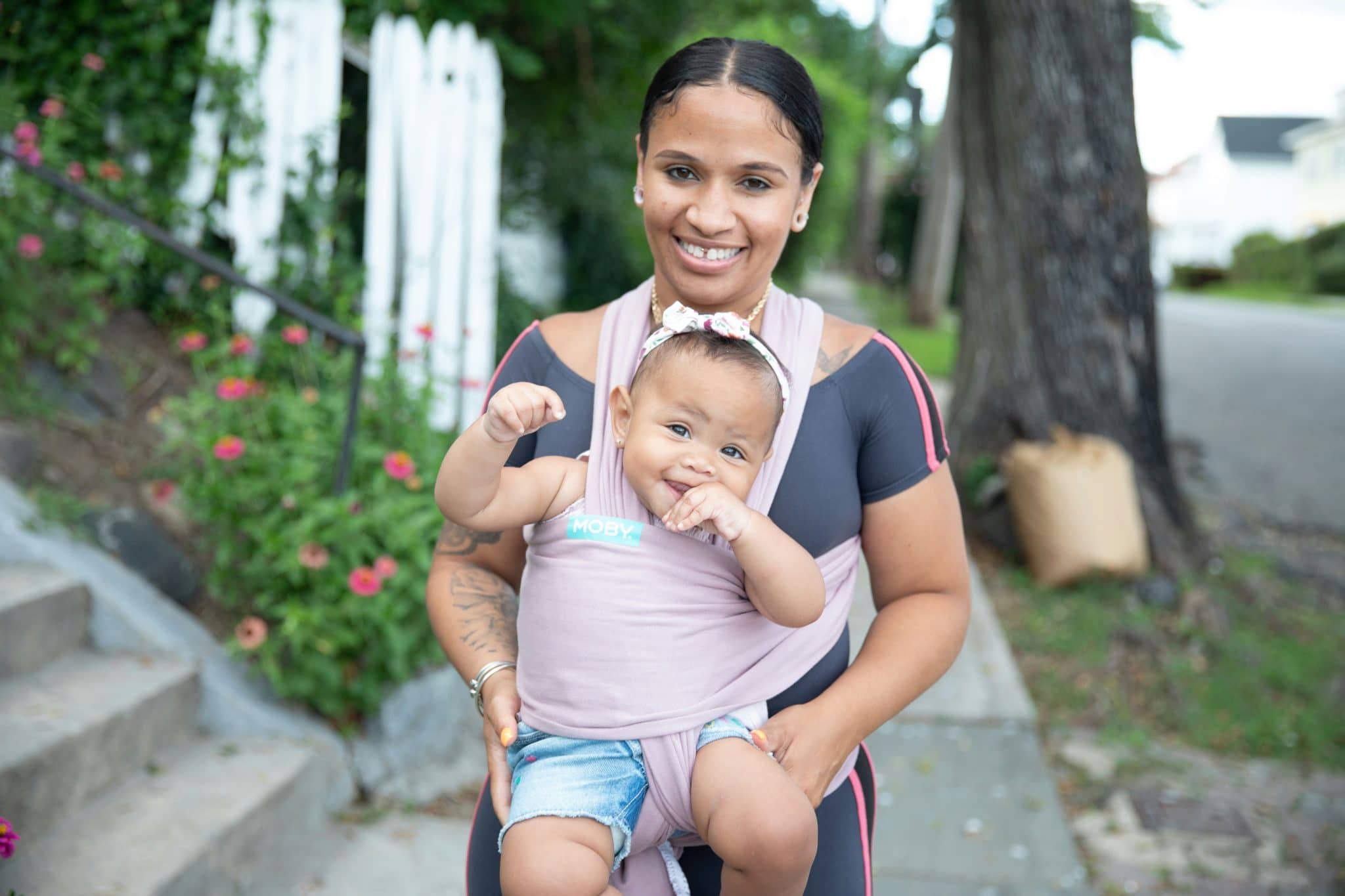Gender Equality Movements Influencing Family Law
The fight for gender equality has been a long and ongoing battle, with various movements and activists striving to create a more equal and just society. Over the years, one area that has been greatly influenced by these movements is family law. From the right to vote to equal pay, gender equality movements have played a vital role in shaping the laws governing family dynamics. In this article, we will explore the impact of gender equality movements on family law and how they have helped to shape the modern understanding of family and its legal implications.
The Historical Context
Before the rise of gender equality movements, family law was heavily influenced by patriarchal values. Women were often seen as the property of men, and as such, they had little to no rights within the family structure. This was evident in laws that restricted women’s rights to own property, make financial decisions, or even have control over their own bodies. However, with the emergence of feminist movements, the need for change became apparent. The key principle behind these movements was that all individuals, regardless of their gender, should have equal rights and opportunities.
Challenging Traditional Family Roles
One of the major ways in which gender equality movements have influenced family law is by challenging traditional family roles. Traditionally, the responsibility for taking care of the home and children fell solely on women, while men were expected to be the breadwinners. This notion of separate spheres for men and women was deeply ingrained in family law, with laws like the Headship Principle dictating that the husband should be the head of the household.
However, with the rise of gender equality movements, the idea of separate spheres has been challenged. Movements like the second-wave feminism of the 1960s and 1970s emphasized the need for women to have equal rights and opportunities in areas such as education, work, and politics. This led to the introduction of laws that protect against gender discrimination in the workplace and maternity leave policies that allow women to balance their careers and family life.
Defining the Modern Family
Another significant influence of gender equality movements on family law is the redefinition of what constitutes a family. The traditional family unit was often seen as a heterosexual marriage with children, and any deviation from this norm was not legally recognized. However, with the increasing recognition and acceptance of LGBTQ+ rights, the definition of family has broadened. Gender equality movements have played a crucial role in challenging laws that discriminated against same-sex couples and their families, such as laws prohibiting same-sex marriage and adoption.
Child Custody and Parental Leave
Gender equality movements have also had a significant impact on child custody laws and parental leave policies. In the past, child custody was almost always awarded to the mother, with little consideration for the father’s involvement. This was based on the assumption that mothers were better suited to care for children. However, with the rise of gender equality movements, the importance of a child’s relationship with both parents has been recognized, and custody decisions are now based on the best interests of the child rather than gender.
Furthermore, gender equality movements have also pushed for equal parental leave policies, allowing both mothers and fathers to take time off work to care for their children. This has not only created a more balanced division of childcare responsibilities but has also challenged traditional gender roles and stereotypes.
The Future of Family Law
While gender equality movements have made significant strides in shaping family law, there is still a long way to go. Issues such as the gender pay gap, domestic violence, and reproductive rights continue to be major areas of concern. However, with more and more people joining the fight for gender equality, we can hope to see further progress in the years to come.
In conclusion, gender equality movements have had a profound influence on family law, challenging patriarchal values, redefining traditional family roles, and expanding the definition of family. With their unwavering dedication to creating a more equal society, these movements have helped to create a legal framework that reflects the modern understanding of family and the rights and responsibilities of all individuals within it.










